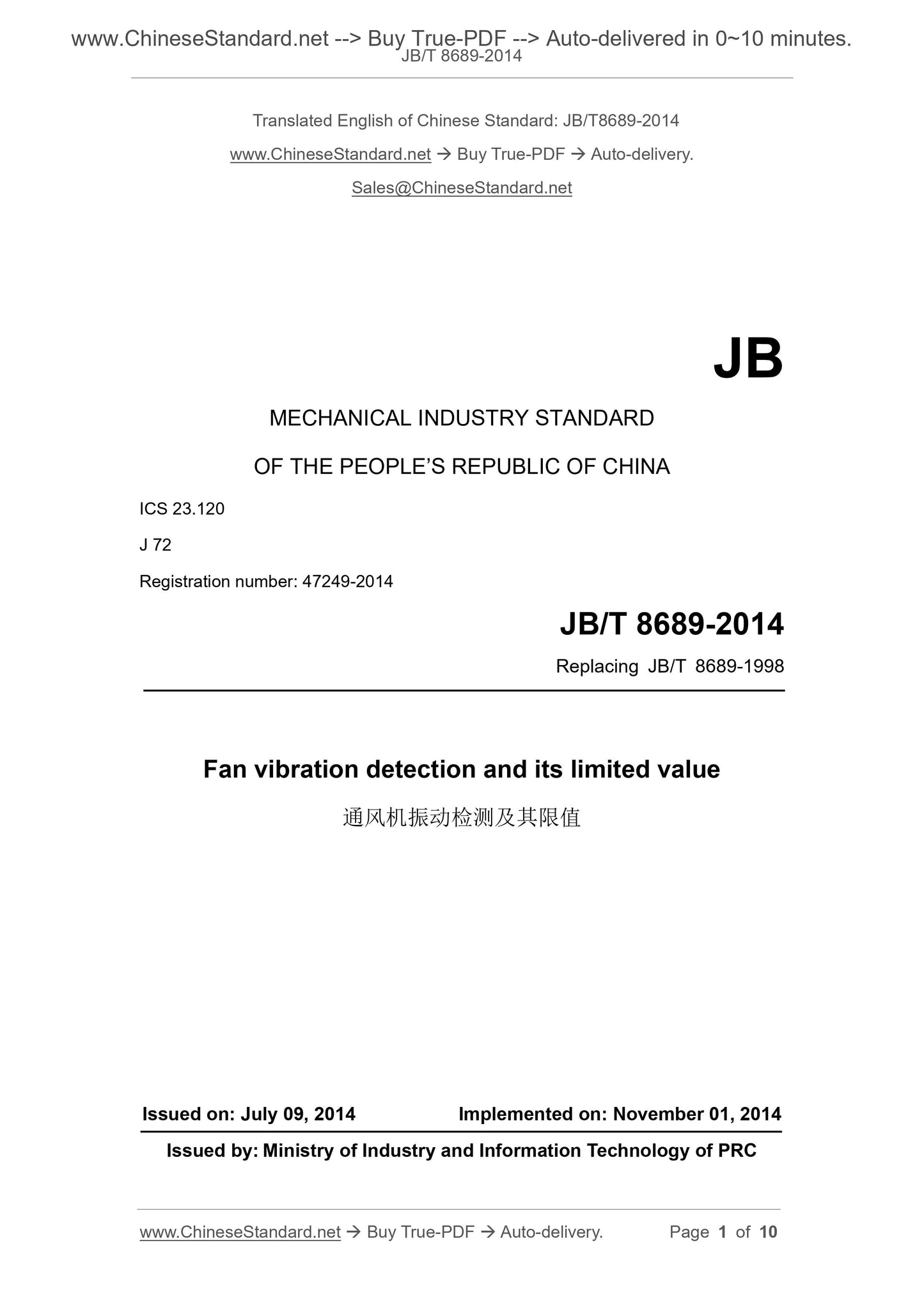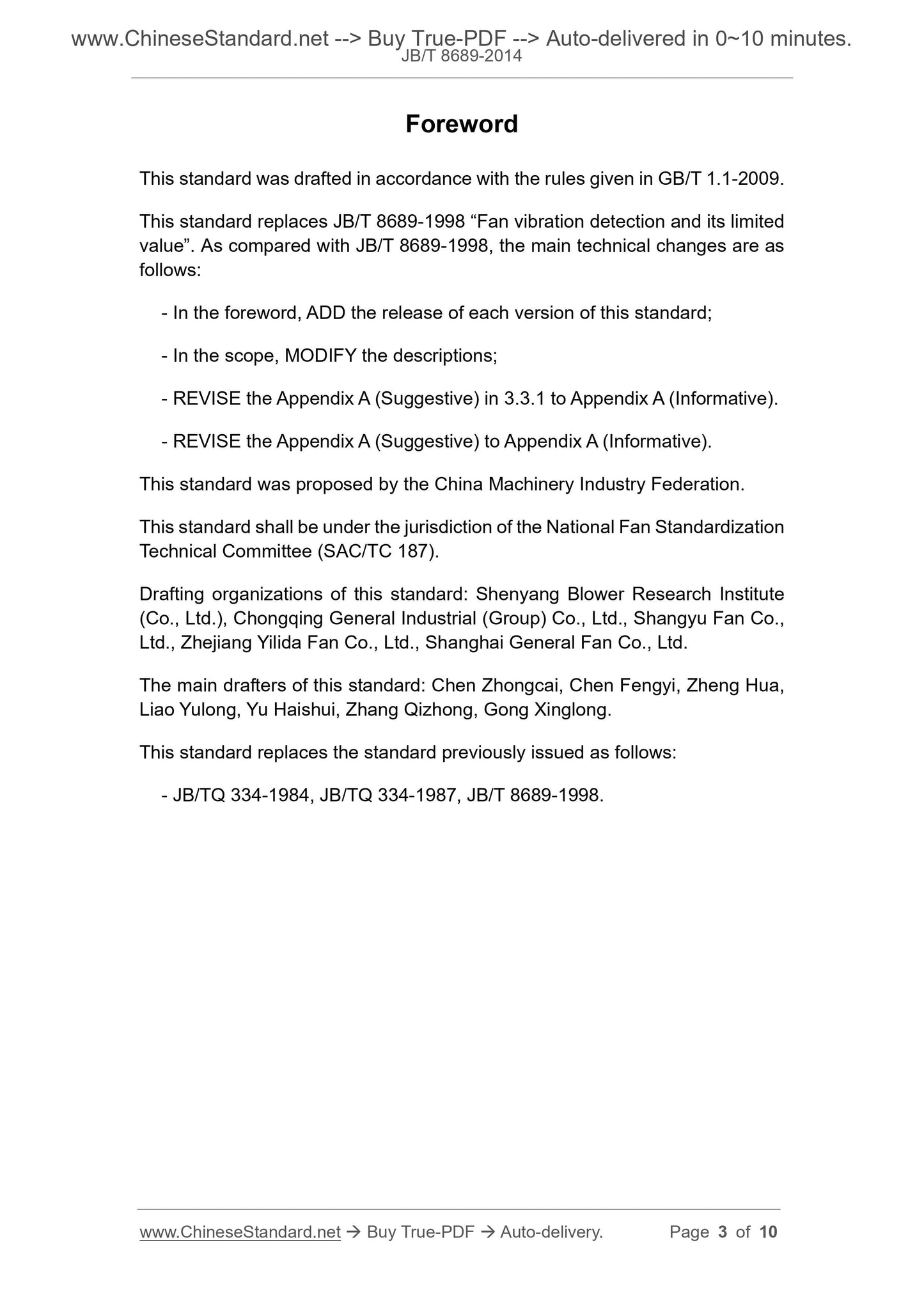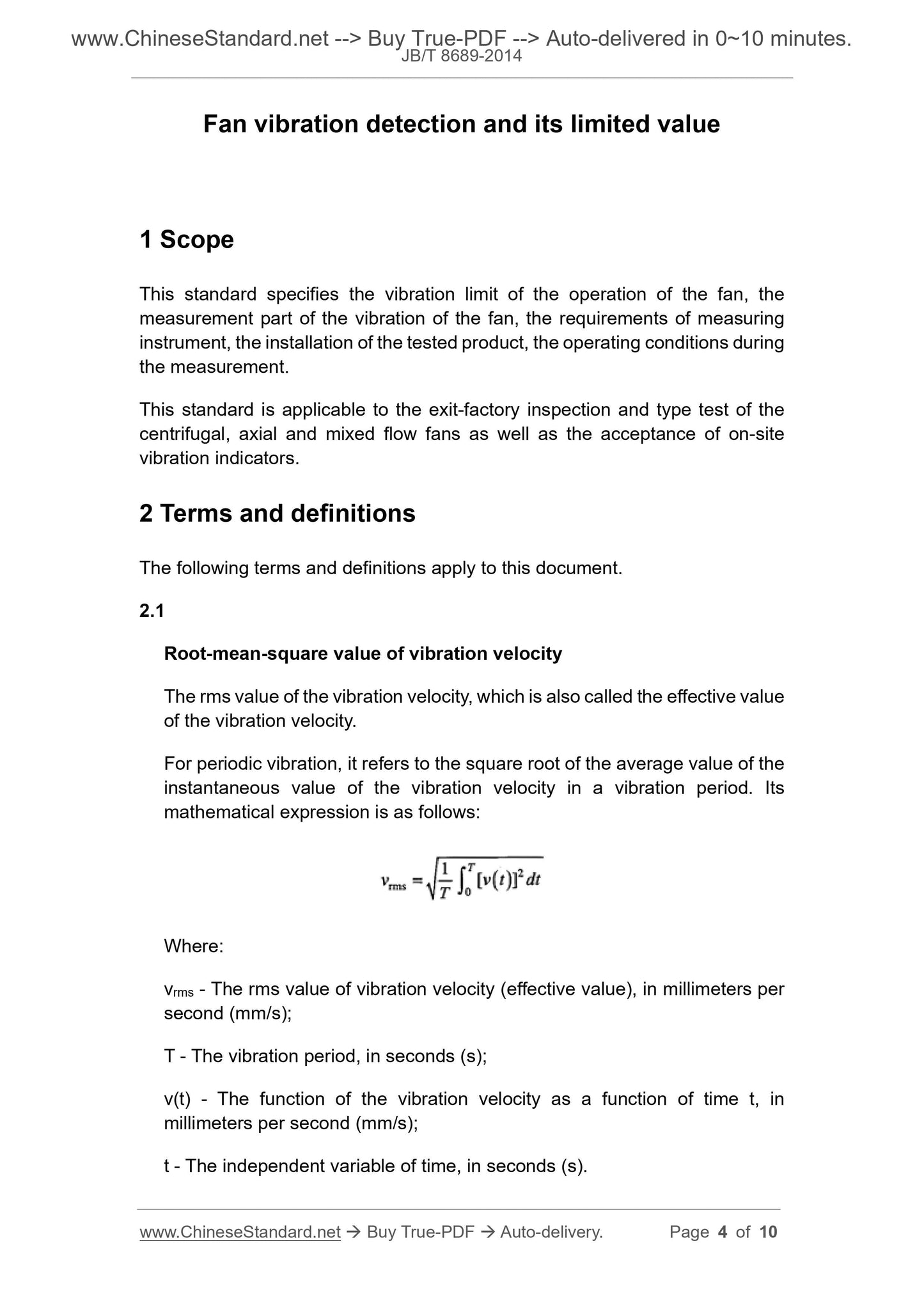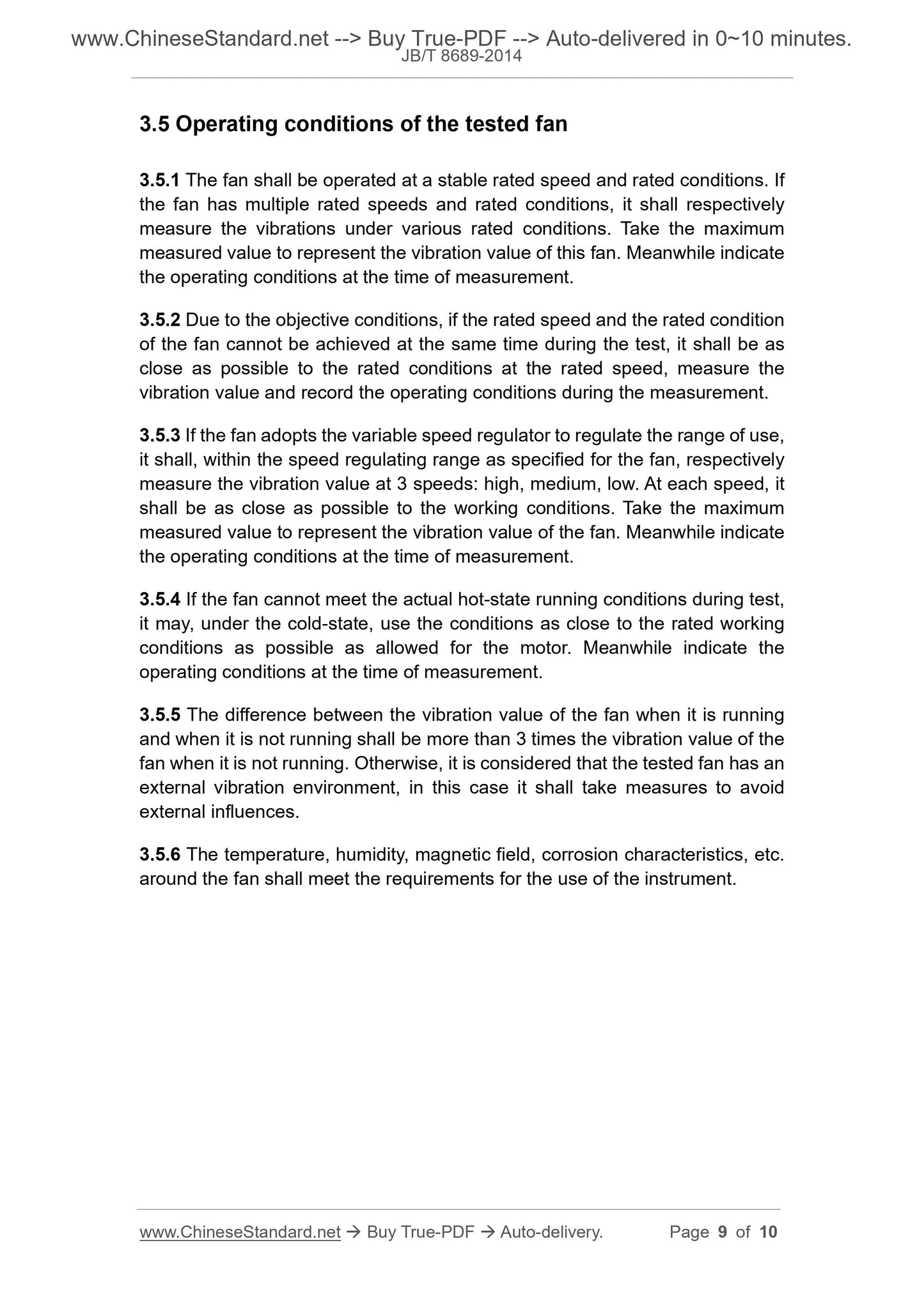1
/
of
6
PayPal, credit cards. Download editable-PDF and invoice in 1 second!
JB/T 8689-2014 English PDF (JBT8689-2014)
JB/T 8689-2014 English PDF (JBT8689-2014)
Regular price
$130.00 USD
Regular price
Sale price
$130.00 USD
Unit price
/
per
Shipping calculated at checkout.
Couldn't load pickup availability
Delivery: 3 seconds. Download true-PDF + Invoice.
Get Quotation: Click JB/T 8689-2014 (Self-service in 1-minute)
Historical versions (Master-website): JB/T 8689-2014
Preview True-PDF (Reload/Scroll-down if blank)
JB/T 8689-2014: Fan vibration detection and its limited value
Get Quotation: Click JB/T 8689-2014 (Self-service in 1-minute)
Historical versions (Master-website): JB/T 8689-2014
Preview True-PDF (Reload/Scroll-down if blank)
JB/T 8689-2014: Fan vibration detection and its limited value
Share












